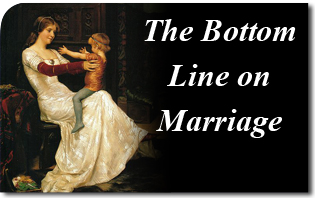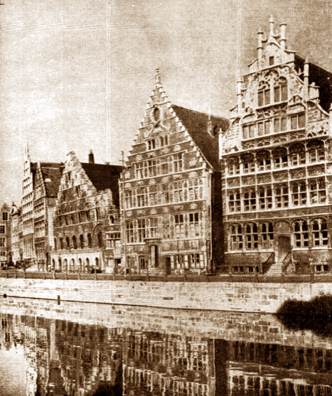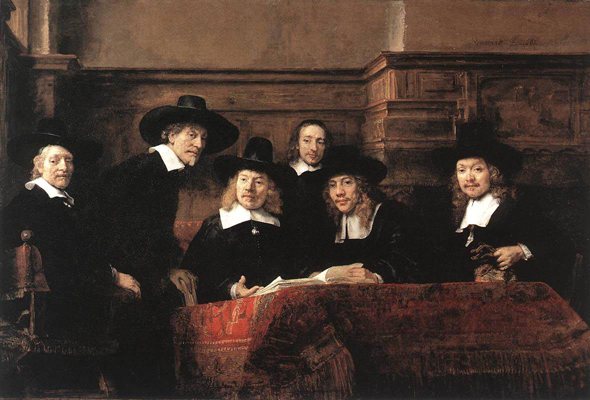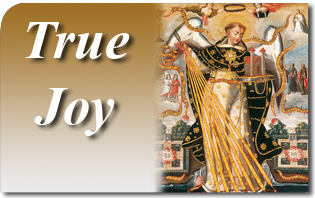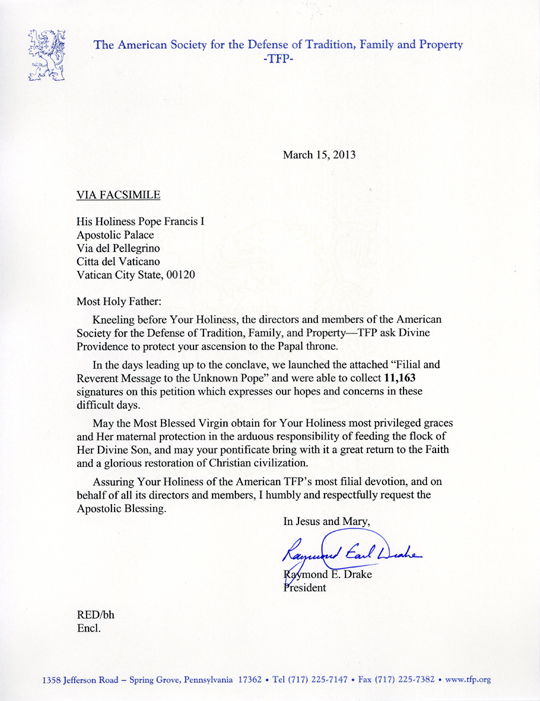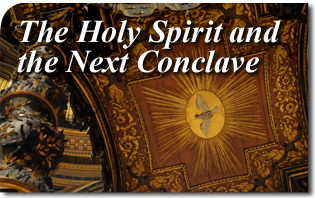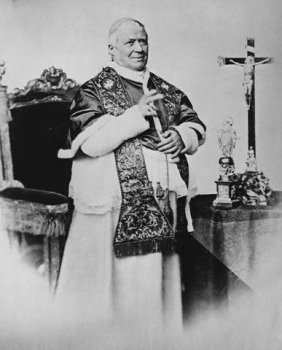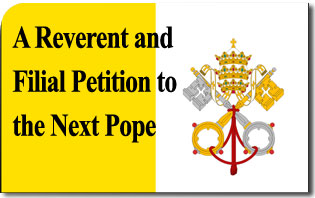
This makes its compatible with the tradition which claims that the cloth with the image of the crucified man imprinted on it is the very one Jesus’ body was wrapped in when he was taken off the cross. The news will be published in a book by Giulio Fanti, professor of mechanical and thermal measurement at the University of Padua’s Engineering Faculty, and journalist Saverio Gaeta, out tomorrow. “Il Mistero della Sindone” (The Mystery of the Shroud) is edited by Rizzoli (240 pp, 18 Euro).
What’s new about this book are Fanti’s recent findings, which are also about to be published in a specialist magazine and assessed by a scientific committee. The research includes three new tests, two chemical ones and one mechanical one. The first two were carried out with an FT-IR system, so using infra-red light, and the other using Raman spectroscopy. The third was a multi-parametric mechanical test based on five different mechanical parameters linked to the voltage of the wire.
The new tests carried out in the University of Padua labs were carried out by a number of university professors from various Italian universities and agree that the Shroud dates back to the period when Jesus Christ was crucified in Jerusalem.
Final results show that the Shroud fibres examined produced the following dates, all of which are 95% certain and centuries away from the medieval dating obtained with Carbon-14 testing in 1988: the dates given to the Shroud after FT-IR testing, is 300 BC ±400, 200 BC ±500 after Raman testing and 400 AD ±400 after multi-parametric mechanical testing.
The average of all three dates is 33 BC ±250 years. The book’s authors observed that the uncertainty of this date is less than the single uncertainties and the date is compatible with the historic date of Jesus’ death on the cross, which historians claim occurred in 30 AD.
Shroud dates from 1st century: New study - CathNews



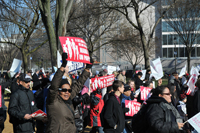 felt insulted that some sought to equate marriage “equality” to civil rights. There were Hispanics and other ethnic “oppressed” minorities who came out in large numbers dispelling the idea that this bloc is a natural ally of the same-sex “marriage” crowd.
felt insulted that some sought to equate marriage “equality” to civil rights. There were Hispanics and other ethnic “oppressed” minorities who came out in large numbers dispelling the idea that this bloc is a natural ally of the same-sex “marriage” crowd. marriage. The throng at the March for Marriage was truly a cross section of the nation. The group reflected profoundly religious and vast sectors of the American public who see this development as a sin and affront to God. The atmosphere at the march was calm, prayerful and orderly.
marriage. The throng at the March for Marriage was truly a cross section of the nation. The group reflected profoundly religious and vast sectors of the American public who see this development as a sin and affront to God. The atmosphere at the march was calm, prayerful and orderly.